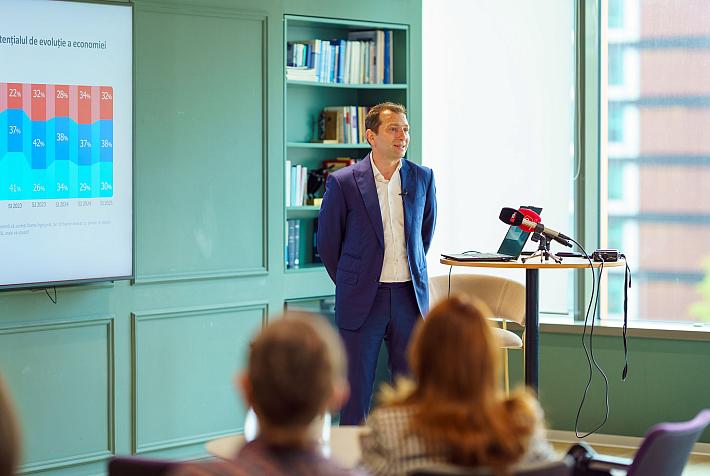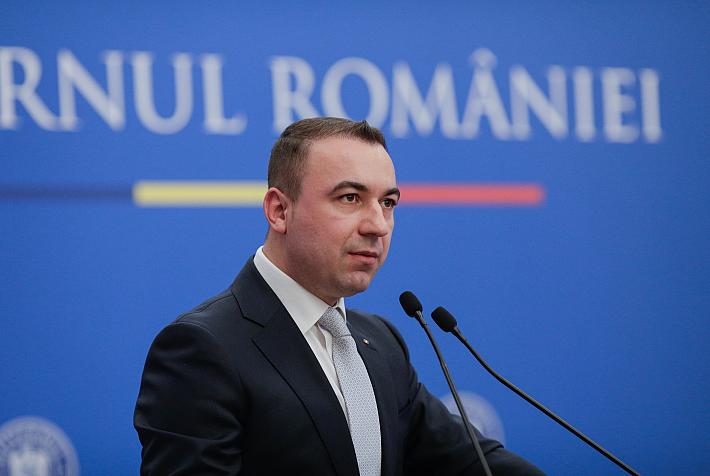Salary expectations in Romania

Wages grew significantly in 2018 in Romania. The new salary law in the public sector increased salaries of state employees, while the minimum wage went up twice this year and social contributions were transferred from the employer to the employee. So companies had to follow and raise the gross wages.
All the while, the labor shortage that has deepened this year in key areas of the economy, has also triggered companies to offer tempting salaries in order to attract the best specialists on the market.
Under these circumstances, statistics show that, in Romania, employee costs have increased the most in the EU. By the middle of the year, total labor cost in Romania had the largest increase among member states compared to the same period in 2017, according to Eurostat. Thus, Romania reported an advance of 15.6%, compared to an average of 2.6% at EU level. By economy sectors, labor costs in Romania increased by 13.2% in the services sector, by 14.6% in constructions and by 14.2% in the industry.
Salaries, between reality and expectations
The average net salary was of RON 2,708 (EUR 576) and the gross salary was of RON 4,510 (RON 959) in Romania in July, according to official statistics. The lowest wages paid in the Romanian economy are still in the tourism sector, with an average of RON 1,575 (EUR 335), while the best-paid employees nationwide are those working in the IT sector, where the earnings are almost three times higher compared to the national average (RON 6,566 per month, EUR 1,400, on average).
The best paid Romanians in 2018 are in Bucharest. Over one million employees in the capital city earn an average gross salary of RON 5,896 (EUR 1,254). In terms of net salary, it was RON 3,535 (EUR 752) midyear and the forecast show an increase up to RON 3,658 (EUR 778) by the end of the year.
In terms of employees' expectations, the difference between what employers offer and what employees want is rather big. The average salary employees expect from their employers is somewhere between EUR 1,000 and EUR 2,000, for the senior ones, a statistic published by BestJobs shows. Young employees who recently entered the labor market would be happy with a net salary somewhere between EUR 500 and EUR 1,000.
The candidates from the Ilfov region and Bucharest have the highest salary expectations, followed by those in the Western part of Romania. As expected, the IT employees, financial services and sales employees want the highest wages.
State employees, among best paid
The wages in the public sector are higher than in the private sector, a paradox of the local labor market. This year's increase, under the new law of the salaries in the state sector, further widened the gap between the two categories of employees in Romania.
Official statistics show that the gap between private and state wages has tripled over the past three years in favor of the latter, and forecasts show that the gap will increase in the years to come. A public administration employee earned an average salary of RON 4,200 (EUR 893) in July, while in the private sector, the average salary was somewhere at RON 2,600 (EUR 553), according to the National Institute of Statistics.
In recent years, state salaries have always been higher than wages in the private sector. One possible explanation: there are fewer employees paid with the minimum wage in the public sector. On the other hand, this year, the salary law in public administration has allowed mayors to decide on their own salaries and those of their employees, which is why most of them now earn the maximum allowed by law. Therefore, if in 2016 the difference between the gross salary in the state institution and the gross salary in private sector was of only RON 427 (EUR 90), three years later, the difference tripled to RON 1,285 (EUR 273).
Private wages move on
Lacking the workforce they need, employers in Romania are willing to raise wages and offer extra salary bonuses to attract talents. After the transfer of social contributions from employer to employee, most companies in Romania (70%) preferred to increase gross salaries, in order to minimize the impact of the legislative changes on their employees’ net income. Most of the employers preferred the wage increase option and the trend will be the same also in 2019, shows an analysis published by Adecco Romania.
Nearly three-quarters of Romanian employers intend to recruit this fall. Most companies are ready to offer a 15% salary increase, plus bonus qualification courses, to attract talent, according to the Randstad HR Trends analysis of 2018. The areas with the biggest staff shortage and where companies are willing to raise wages to attract and retain talents are Sales, HR, IT, Production and Marketing & Communication.
Regardless of whether we are talking about the private or public sector, salaries in Romania will end the year on growth and will continue to grow in the coming years. And even if the wage gap between the local market and the Western European states will remain high, there will be areas where employers will be willing to offer comparable wages to those abroad to cope with the shortage of specialists and attract talents.
Check out latest jobs in Romania.
editor@romania-insider.com
Photo source: Shutterstock











